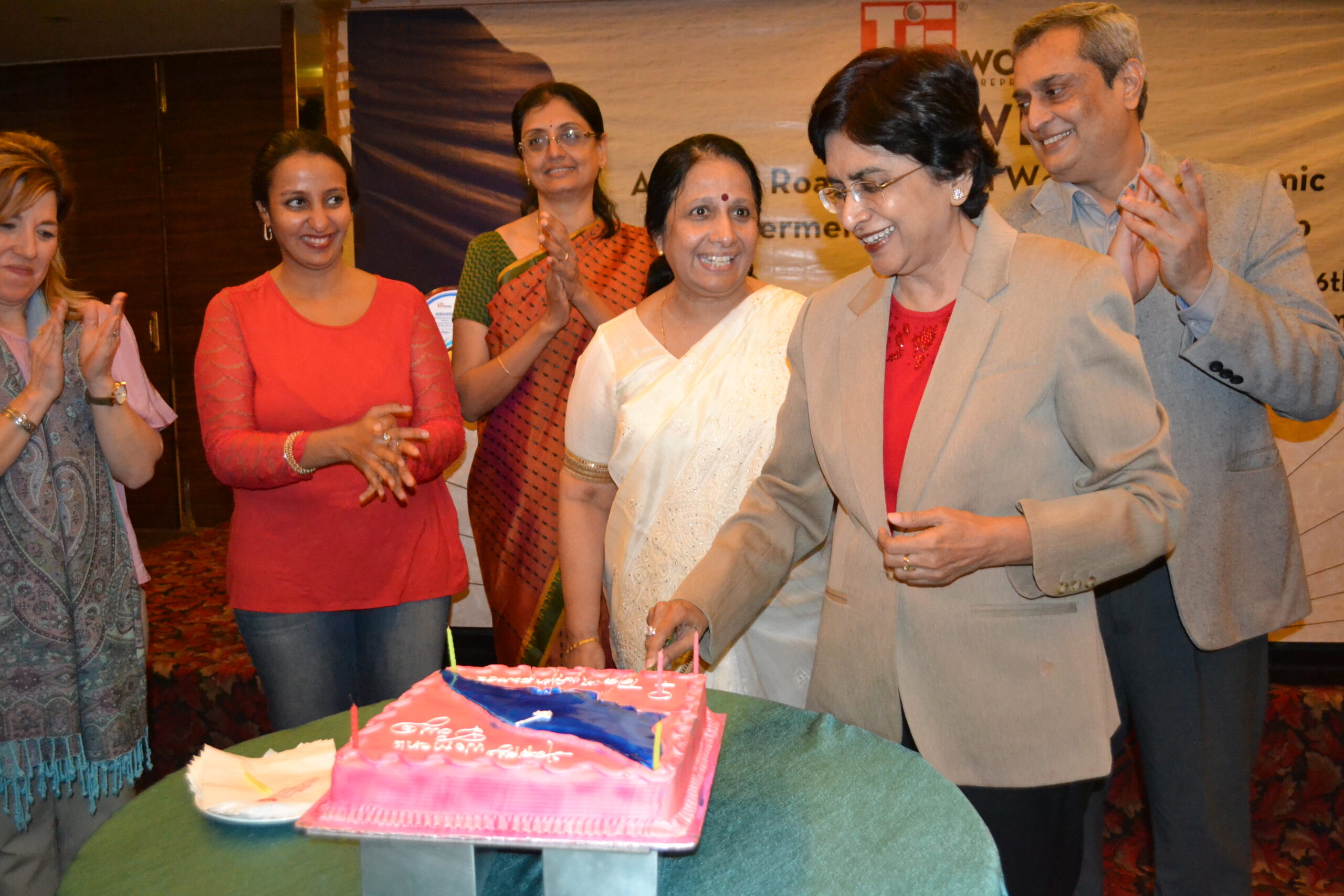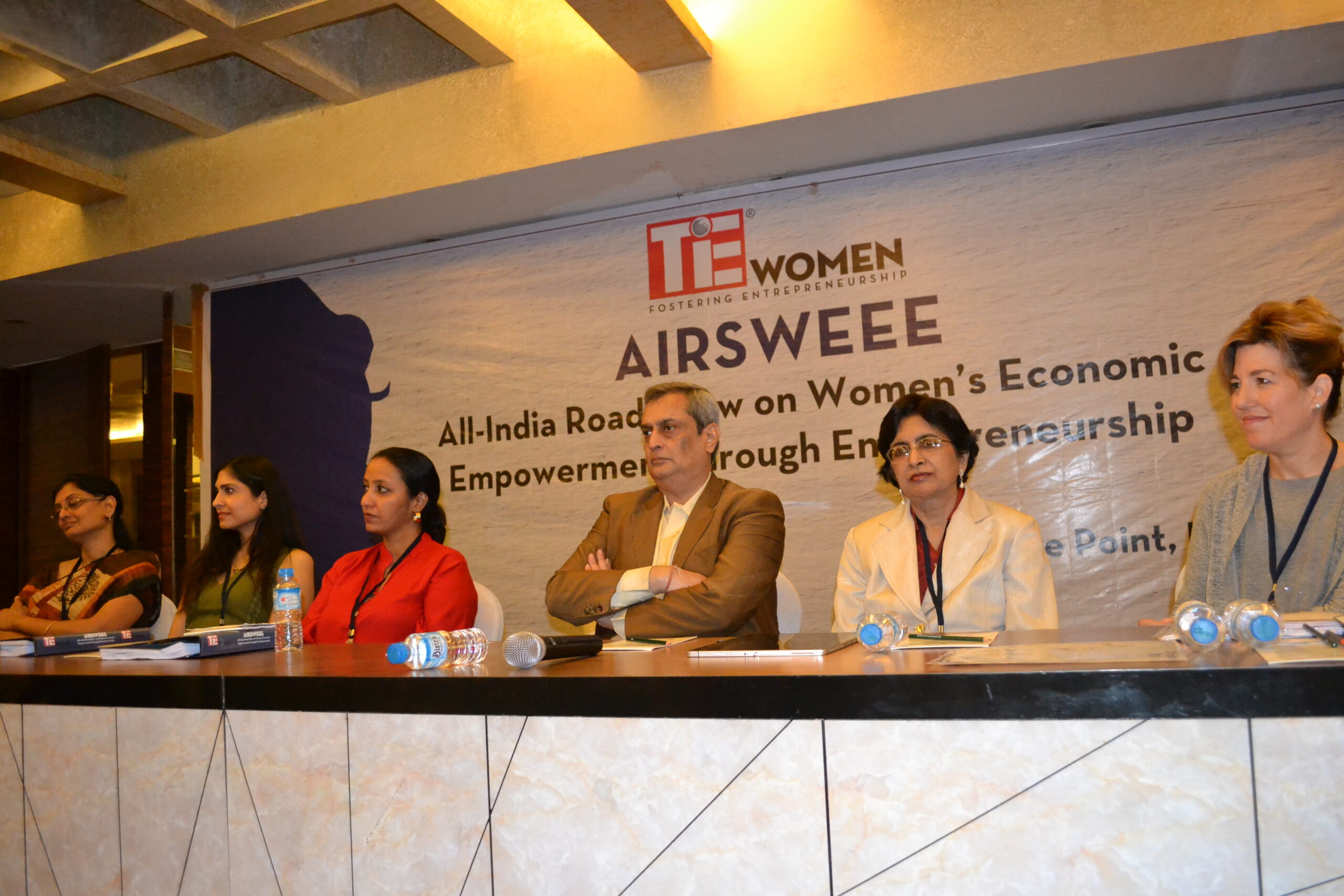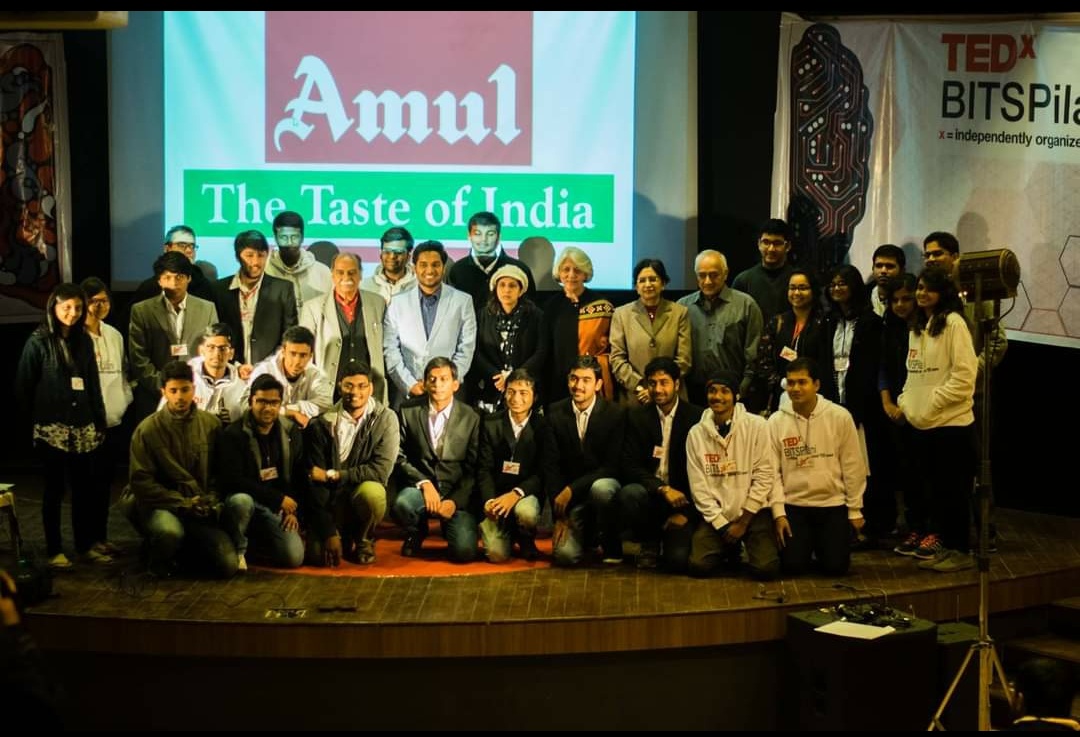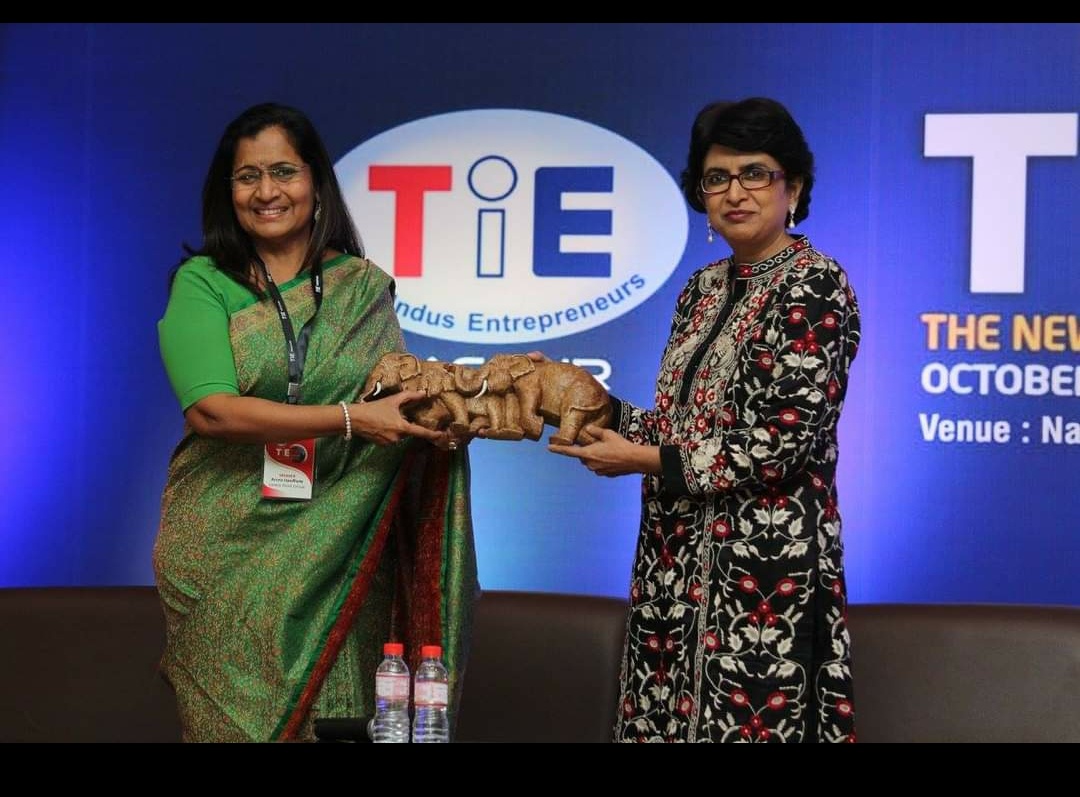“Recuperating from work-stress”- 25 November 2013
The issue was simple: How much time should a company allow for its staff for recreation. During working hours, extracting such a time looked almost impossible, and even blasphemous. For, some argued, when the company is paying such high salaries, then why should the staff want to spend some time in recreation? Others countered: “Why not? Why should we get bored and tired doing the same thing over and over again for years? Should there be no official break from routine every day so that we recuperate from work-stress?
In this debate, much time was passing, but the management could not decide what it must do. However, the new General Manager was a young woman in her mid-thirties. She saw things differently. She said to her senior colleagues, “Look, there are merits in both the arguments. But please tell me how this subject came up.” A colleague who had been around for twenty years said, “Madam, we are finding increasing mistakes in our performances, and therefore some people suggested a break in daily routine would be helpful.”
After much discussion, the GM decided to attempt an experiment. She said, “Let’s increase our lunch time from thirty minutes to one hour. And to accommodate that, we would not stretch our working hours. Those would remain the same. So effectively, we will have only seven hours of work every day rather than seven-and-a-half. During the increased half hour at lunch break, we will discourage loose and purposeless talk and promote some collective, creative activity. If we get good results, we would institutionalise the new timings.”
So began the ‘experiment’. A recreation committee was formed. Each day, in the open area at the cafeteria where all had lunch, the committee would ask members of the staff to present items, songs, mimicry, jokes or even speeches. On some days, there would be nothing on offer, and the staff would get chance to gather in groups and indulge in discussions or ever loose talk, which the GM did not mind to an extent.
This new schedule went on for about two months, during which time the members of the Board took the GM to task for being so liberal unnecessarily. But she persisted. At the end of two months, when an assessment was made of the performance of the organisation, marked improvement was seen. The staff worked half hour lesser than the previous schedule, but its overall performance had gone up.
Obviously, the experiment had succeeded.
Then came the transfer of the lady GM to another plant of the company. The new man that came in, again a young foreign-trained executive, disapproved of the lunch-time recuperation. “Nonsense,” he said it, and declared, “We are going to stop all that nonsense.”
So, the whole good experiment was brought to a grinding halt. The company was back to ‘normal’ conditions of work and stress. Performance, too, dropped subsequently, and people started the old routine that was certainly far more stressful particularly after the staff had had the good times for two months.
This has often been the story of many organisations. Some creative thinker adds value to the organisation’s culture, but another guy need not agree with her. So, everything returns to ‘normal’.
Actually, attempting different and creative schedules may go a long distance in enhancing collective creativity. Yet, managements prefer staid methods of work, which only increase work-stress and employees go through the same, boring routine that only saps their energies.
This is one issue that really needs a serious consideration by managements.









